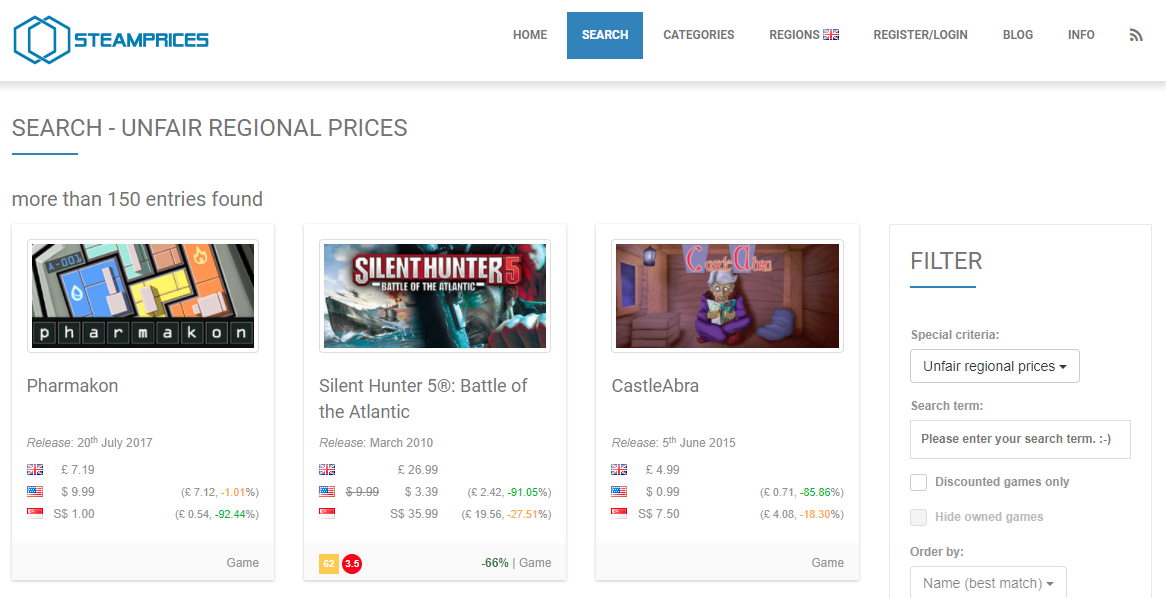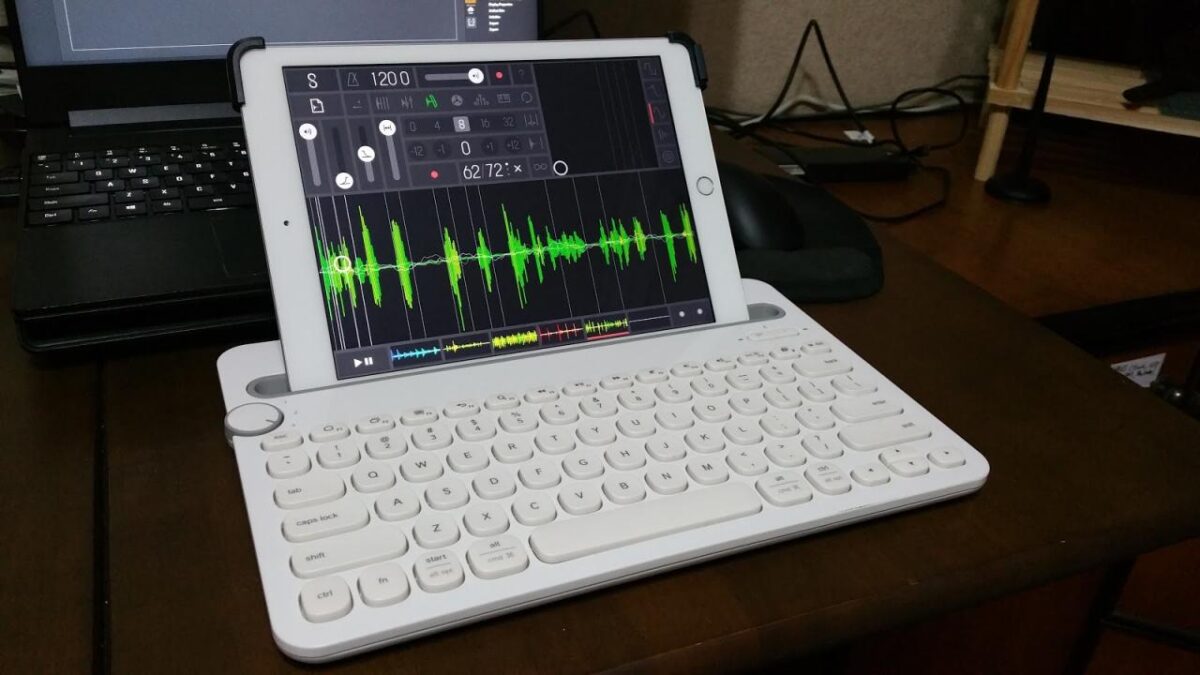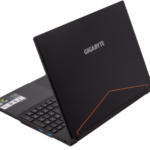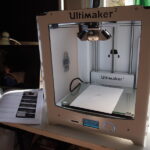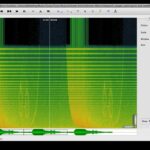
This is the only time in years when it has seemed worth buying an iPad again. The current iPad 2017 9.7-inch is quite reasonably priced in its class (32GB – S$498 / S$468 Education) and Apple still has some of the best apps (and ARKit!). And for the most part I hadn’t needed a tablet sized device for work until now. The problem with with smartphones or even phablets (such as Samsung’s note phones) is that when you do get long work emails that you urgently need to reply to, then even the on-screen keyboard on the large phone screen still feels like a constraint; one can’t really draft or write long documents on a phone keyboard and is reduced to nervously turning the phone on and off nonstop to stare at the email that you can’t properly reply to. But a decent sized tablet paired with a bluetooth keyboard pretty much solves this conundrum; the 9.7inch ipad is powerful enough as a lightweight laptop-replacement where administrative paperwork is concerned.
But the iPad’s strengths are more than just clearing emails and drafting google docs/sheets with ease – it also excels at many other things such as MAKING MUSIC. Two essential music apps for the iPad have got to be the combo of Samplr (S$ 14.98) and Audioshare (S$ 5.98).
Samplr is a brilliant gesture based audio sampler with many rich effects and modes which can be used together with Audioshare, an audio document manager which transfers audio files between apps and between the device and computer. For some time I have just been stabbing at it without really knowing what I am doing, but this weekend I sat down to go through the help docs and a few tutorials online; I didn’t immediately find a guide sheet so I made my own for Samplr here:
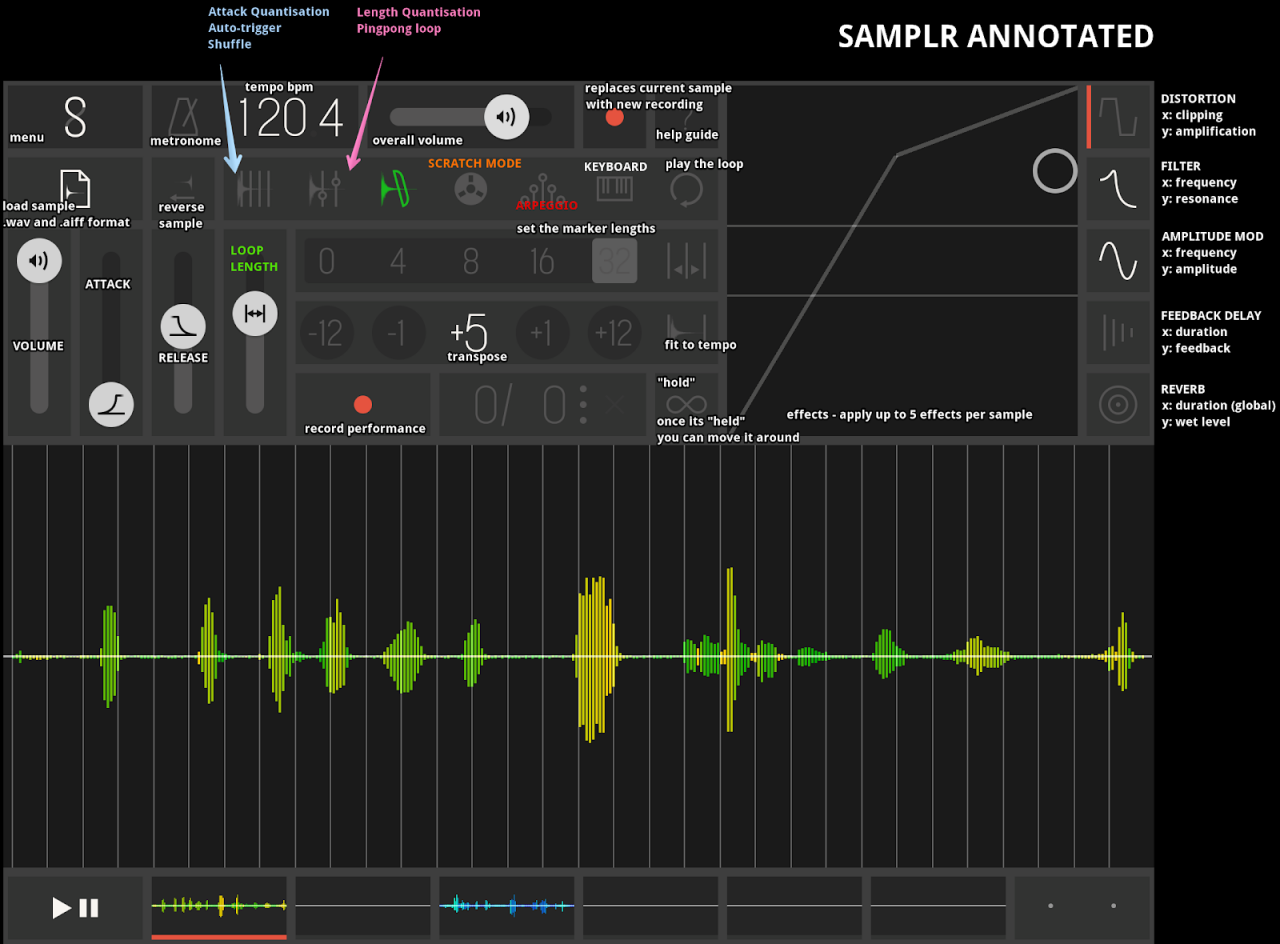
One thing I’ve noticed as someone who purchases digital products items from both UK and SG app stores (with both UK debit card and SG debit card) is that the UK prices are a total rip off because haven’t fallen in line with the pound which has devalued considerably since, so I always buy in SGD from the digital SG stores these days. This also applies to Steam where the SG pricing for digital products and games is far lower than the UK pricing for games. I wanted to purchase a game for George’s steam account recently but because I was purchasing in SGD it would not allow me to ‘gift’ it to a UK account.
There are also tracker sites such as steamprices.com which you can use to compare the inequalities of purchasing a digital product in a specific currency….
